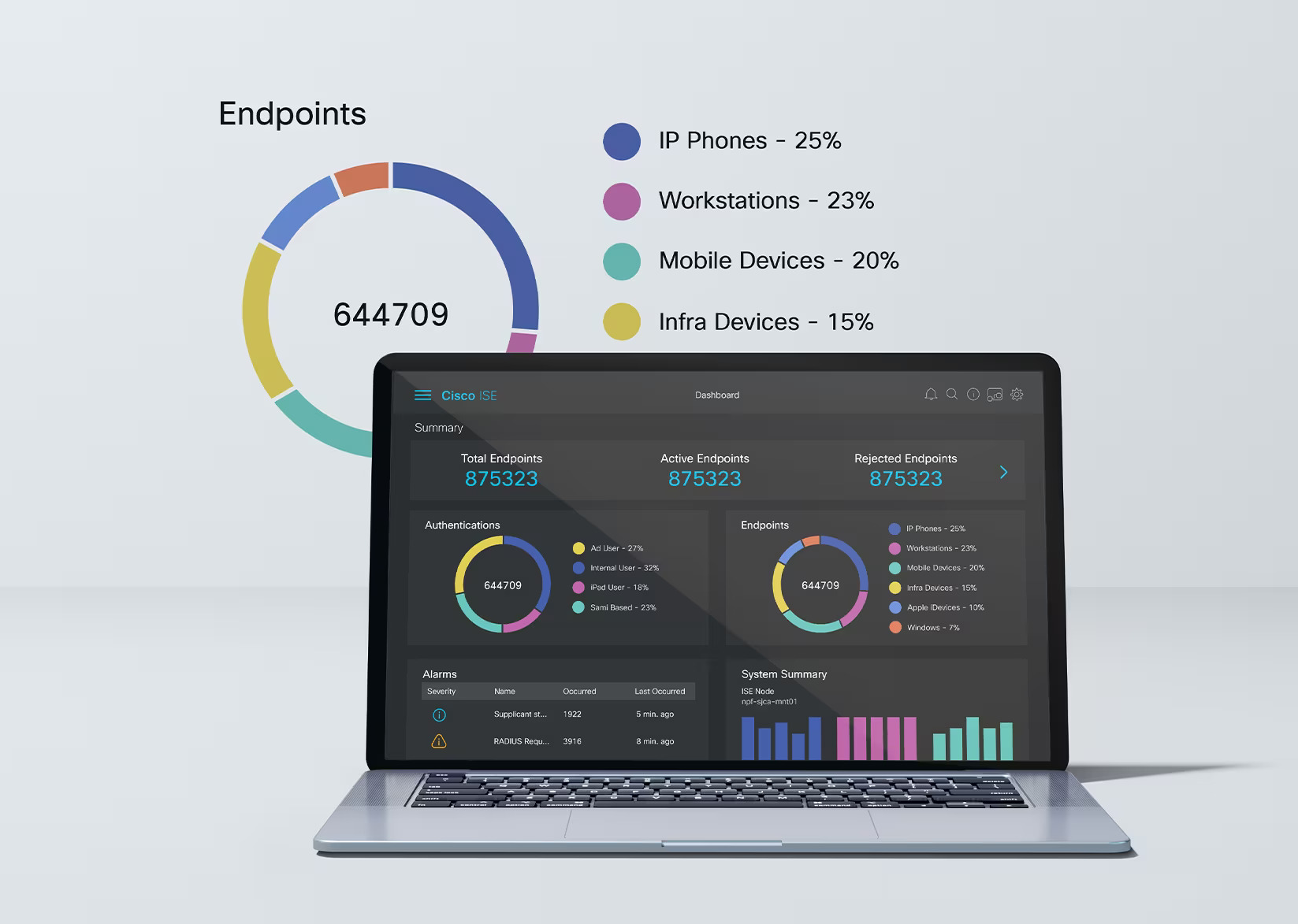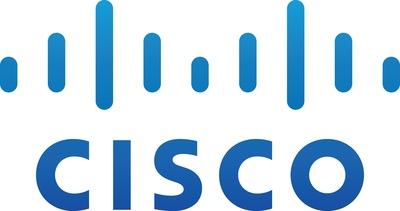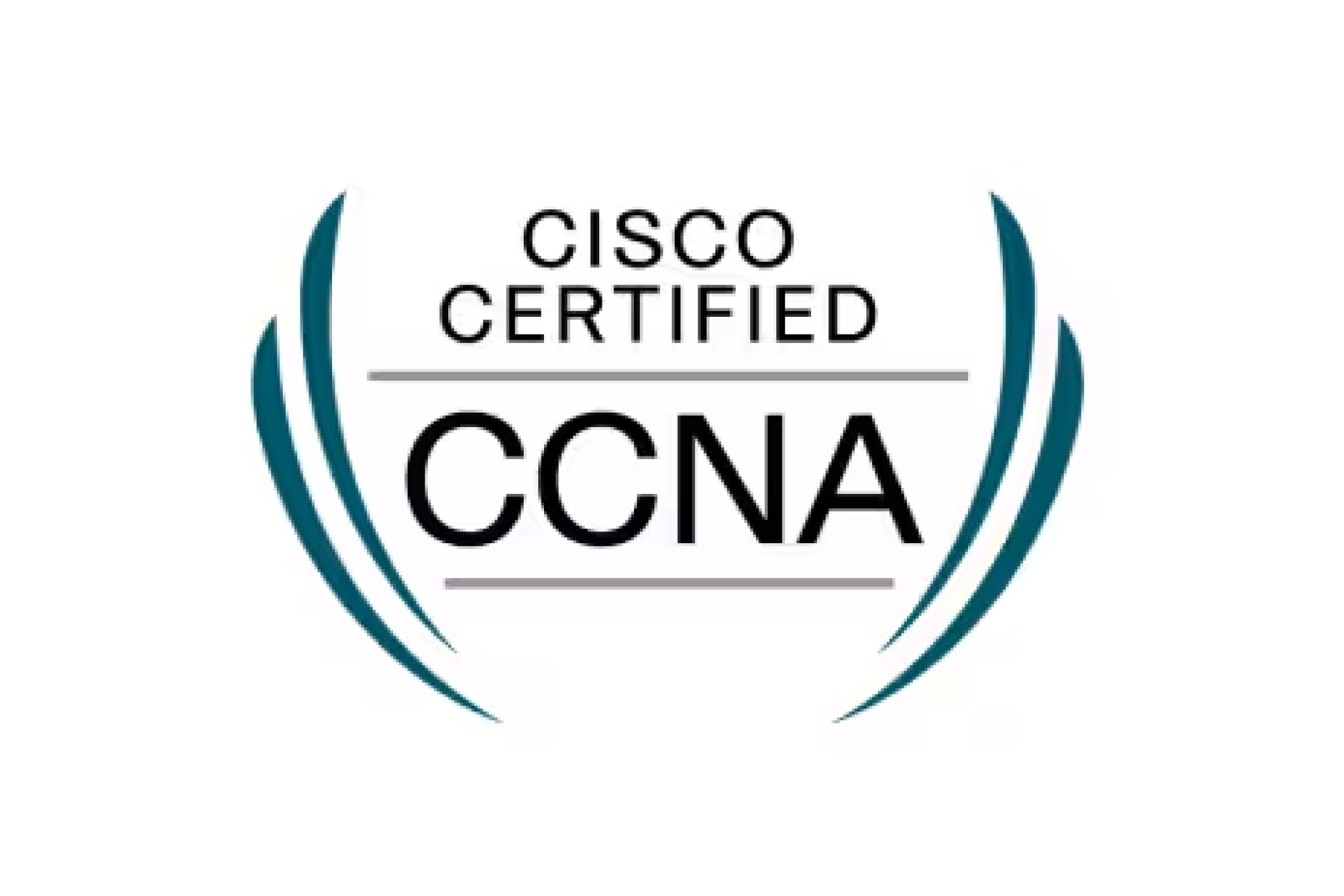
In today’s digital world, cloud computing has become an integral part of business operations. However, with the growing reliance on cloud services comes the critical need for effective cloud security management. This comprehensive guide explores this essential topic, detailing the intricacies of cloud security management, the threats and risks involved, and best practices to ensure your data remains secure.
Understanding Cloud Security Management
Cloud security management involves a set of strategies and practices designed to protect cloud environments from various security threats. It encompasses everything from safeguarding data to monitoring the infrastructure for vulnerabilities. The role of cloud security managers is pivotal—they are the gatekeepers who ensure that the cloud systems are robust and resilient against attacks.
Cloud security management covers several key components. These include identity and access management (IAM), which controls who has access to resources; data protection measures like encryption; and continuous monitoring to detect and respond to incidents promptly. Without these elements, businesses risk exposing their sensitive data and compromising their operations.
A well-rounded cloud security strategy also involves the integration of compliance measures, ensuring that all activities adhere to relevant regulations and standards. This comprehensive approach helps businesses mitigate risks and maintain trust with their users.
Common Cloud Security Threats
The cloud landscape is fraught with various security threats that can jeopardize your data and systems. These threats are constantly evolving, making it crucial for IT professionals and security analysts to stay informed.
One major threat is data breaches. Unauthorized access to sensitive information can have severe consequences, including financial loss and reputational damage. Another prevalent threat is data loss, which can occur due to accidental deletion, malicious attacks, or system failures. Ensuring regular backups and implementing disaster recovery plans are essential countermeasures.
Malware attacks also pose significant risks to cloud environments. Cybercriminals use malicious software to infiltrate systems, steal data, or disrupt operations. Advanced threat detection and response mechanisms are vital in identifying and neutralizing such attacks before they cause irreparable harm.
Lastly, insider threats should not be overlooked. Employees with malicious intent or those who inadvertently compromise security can be just as dangerous as external attackers. Implementing strict access controls and conducting regular security training can help mitigate this risk.
The Risks and Challenges of Cloud Security

Managing cloud security comes with its own set of risks and challenges. One significant challenge is the shared responsibility model. While cloud service providers handle the security of the infrastructure, organizations are responsible for securing their data and applications. This division of responsibilities can sometimes lead to gaps in security if not properly managed.
Another challenge is the complexity of cloud environments. With multiple services and configurations, maintaining a consistent security posture becomes difficult. This complexity requires continuous monitoring and automation to identify and address vulnerabilities promptly.
The dynamic nature of cloud computing also introduces compliance challenges. Keeping up with changing regulations and ensuring that all cloud activities comply with these requirements can be daunting. Organizations must invest in compliance tools and regularly audit their systems to stay compliant.
Finally, the lack of visibility into the cloud infrastructure can hinder effective security management. Without comprehensive monitoring and logging, detecting and responding to threats becomes challenging. Implementing robust monitoring solutions that provide real-time insights into cloud activities is crucial for maintaining security.
Best Practices for Cloud Security
To protect your cloud environments effectively, it is essential to follow best practices. These guidelines help ensure that your data and systems remain secure against evolving threats.
One of the fundamental best practices is implementing strong identity and access management (IAM). Ensure that only authorized individuals have access to sensitive data and systems. Use multi-factor authentication (MFA) to add an extra layer of security and regularly review and update access permissions.
Encryption is another critical practice. Encrypt data at rest and in transit to protect it from unauthorized access. Use encryption keys and rotate them regularly to enhance security. Cloud service providers often offer built-in encryption features that you can leverage to simplify this process.
Regularly updating and patching your systems is vital to address known vulnerabilities. Cloud environments are dynamic, and new security threats emerge constantly. Stay informed about security updates and apply patches promptly to prevent exploitation.
Additionally, continuous monitoring and threat detection are essential. Implement tools that provide real-time insights into your cloud activities and alert you to any suspicious behavior. Regularly review logs and conduct security audits to identify and address potential vulnerabilities.
Lastly, foster a culture of security within your organization. Provide regular security training to employees and promote awareness about potential threats. Encourage reporting of suspicious activities and implement strict security policies and procedures.
Conclusion
Cloud security management is a critical aspect of maintaining the integrity and confidentiality of your data and systems. By understanding the common threats, risks, and challenges associated with cloud security, you can implement effective strategies to protect your cloud environments.
Remember to follow best practices such as strong identity and access management, encryption, regular updates, continuous monitoring, and fostering a culture of security. These measures will help you stay ahead of evolving threats and ensure the security of your cloud environments.
Take the next step in securing your cloud data by assessing your current security practices. If you need expert guidance, reach out to the Firefly team for top-tier cloud security solutions. Our experts are ready to help you strengthen your cloud security and protect your valuable data.
By prioritizing cloud security management, you can safeguard your organization against potential threats and maintain the trust of your customers. Start implementing these best practices today and stay one step ahead in the digital landscape.







